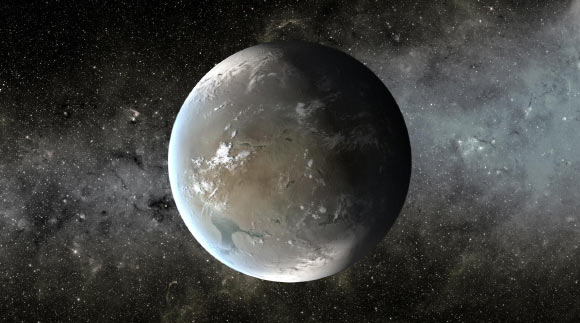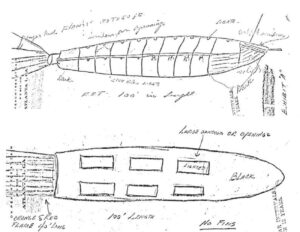The search for habitable exoplanets, or planets orbiting stars beyond our solar system, is one of the most exciting and groundbreaking areas of modern astronomy. One such exoplanet that has captured the attention of scientists and the public alike is Kepler-62f. Discovered in 2013 by NASA’s Kepler space telescope, this distant world has become the subject of intense study and speculation due to its potential habitability. This article will explore the characteristics of Kepler-62f, its potential for hosting life, and the ongoing research aimed at unraveling its mysteries.
Characteristics of Kepler-62f
Kepler-62f is located approximately 1,200 light-years away from Earth in the constellation Lyra. It is one of five known planets orbiting a star known as Kepler-62, a K-type star that is smaller and cooler than our Sun. With an estimated radius of 1.41 times that of Earth, Kepler-62f is classified as a super-Earth, a class of exoplanets that are larger than Earth but smaller than gas giants like Neptune.
One of the key features that make Kepler-62f of particular interest to scientists is its location within the habitable zone of its star. The habitable zone, also known as the “Goldilocks Zone,” is the region around a star where conditions are just right – not too hot, not too cold – for liquid water to exist on the surface of a planet. Since liquid water is essential for life as we know it, the presence of a planet in the habitable zone is an encouraging sign for its potential habitability.
Potential Habitability and Life
Though Kepler-62f’s location within the habitable zone is promising, several factors need to be considered when assessing its potential to host life. One such factor is the planet’s atmosphere, which plays a critical role in regulating temperature and maintaining a stable climate. While the composition of Kepler-62f’s atmosphere remains unknown, computer simulations have suggested that a wide range of atmospheric compositions and climates could be compatible with the presence of liquid water on the planet’s surface.
Another factor to consider is the presence of a magnetic field, which could protect the planet and its atmosphere from harmful solar radiation. Currently, there is no direct evidence for a magnetic field on Kepler-62f, but its potential existence would be a significant boon for the planet’s habitability prospects.
The presence of life on Kepler-62f remains purely speculative at this stage. Still, the planet’s characteristics make it an intriguing target for further research and one of the most promising candidates in the search for potentially habitable exoplanets.
Ongoing Research and Future Missions
The study of Kepler-62f and other potentially habitable exoplanets is an ongoing endeavor, with scientists continually refining their models and analyses to better understand these distant worlds. Future space telescopes, such as the James Webb Space Telescope and the European Space Agency’s PLATO mission, will provide valuable new data on the atmospheres of exoplanets and may offer further insights into the habitability of planets like Kepler-62f.
Potentially Habitable Exoplanet
The discovery of Kepler-62f and other potentially habitable exoplanets has fundamentally changed our understanding of the universe and the potential for life beyond Earth. As we continue to explore the cosmos and uncover the secrets of these distant worlds, we are not only expanding our knowledge of the universe but also taking important steps towards answering the age-old question: Are we alone in the cosmos?










